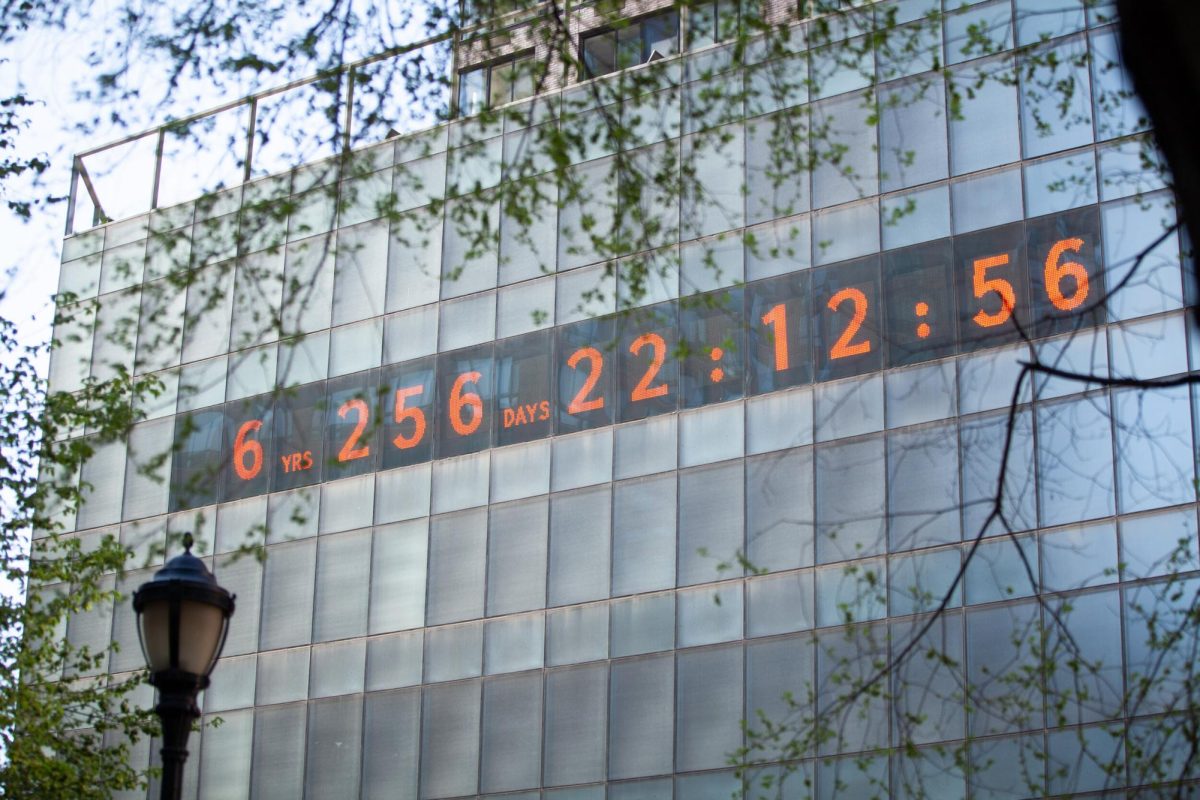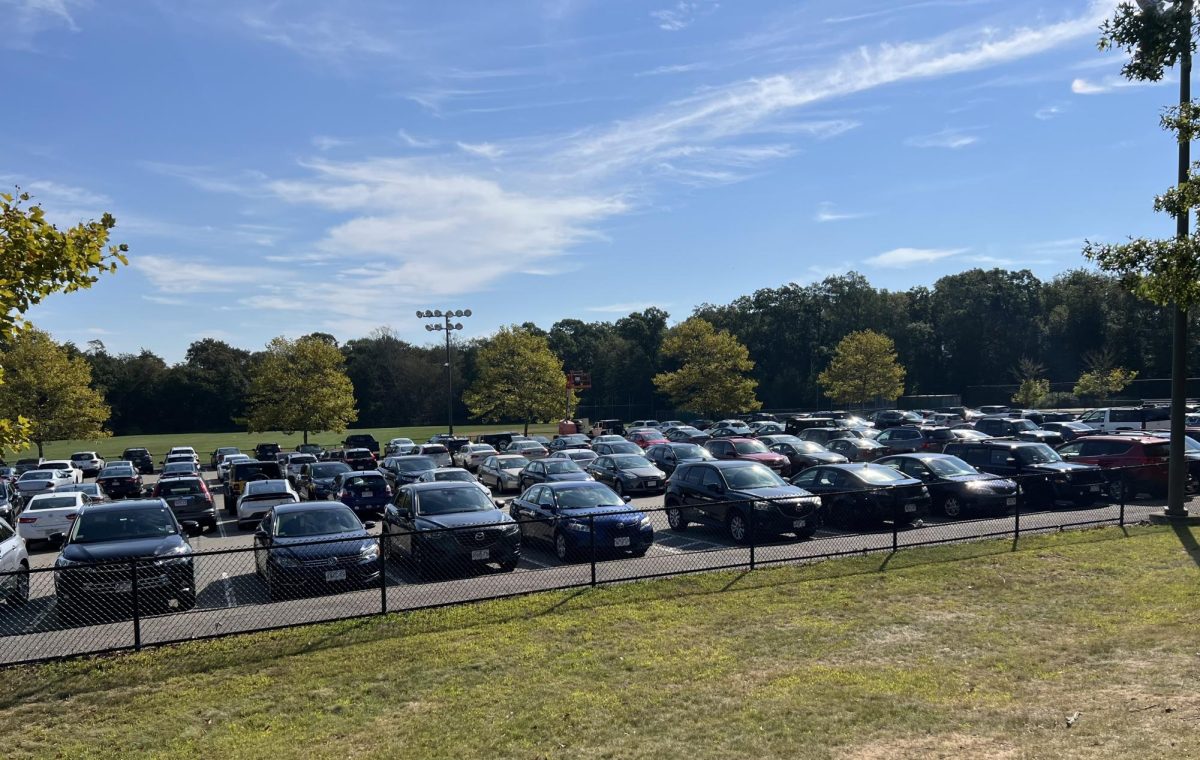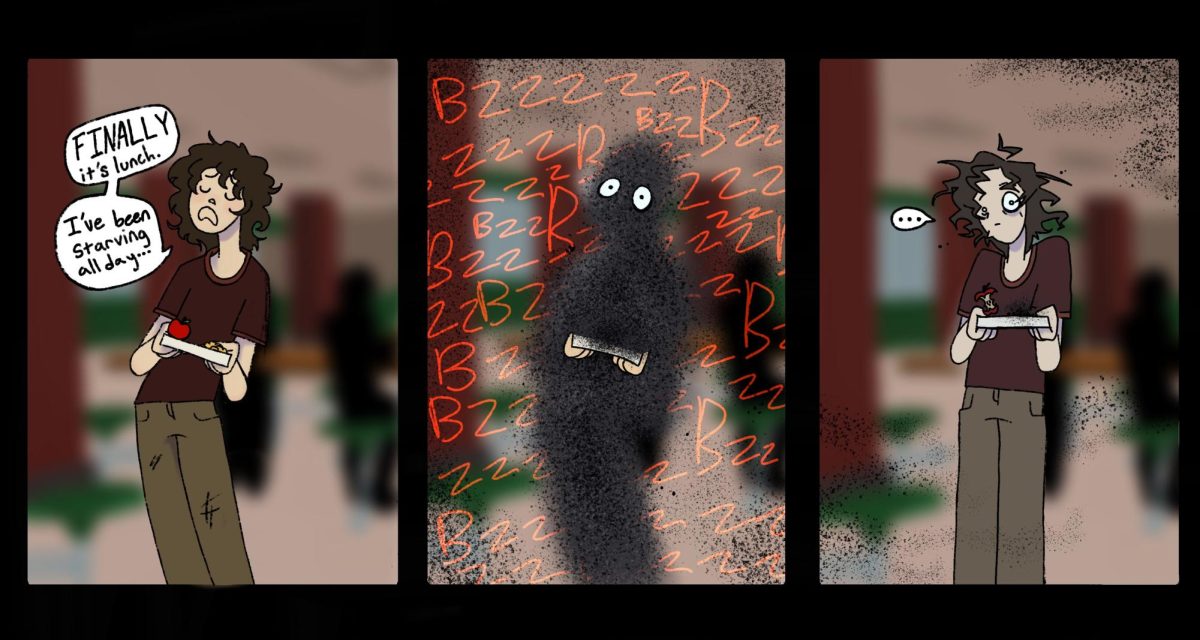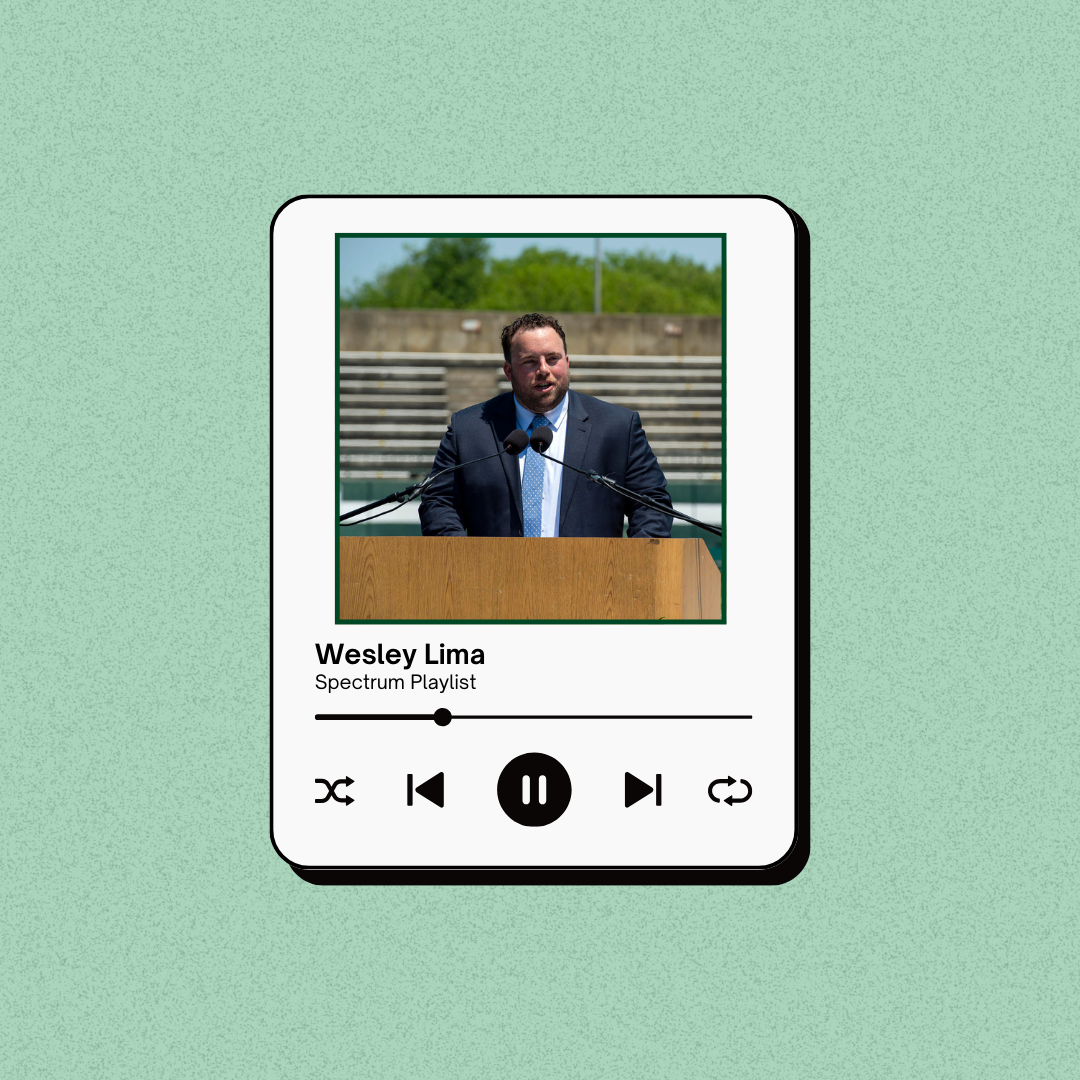“Point of no return” is a term commonly used by pilots in aviation. It’s a stressful situation in which you’re in the sky already, but you know you don’t have enough fuel to make the trip home. You’re out of luck and highly at risk. Usually, the pilot will route the flight to a different destination. Unfortunately for anyone living on Earth, we’re approaching a point of no return for human and animal life. And sadly, Earth and aviation are two different things. A pilot can find a second location quickly. We can’t.
It’s not like humans haven’t had warnings. Physical, earthen warnings, yes. But also man-made ones. One of them is in New York’s Union Square. Another in Berlin, another in Seoul, in Rome, in Glasgow, in New Delhi. All of the warnings are in bold digital letters, some red as if to signify danger, others orange like urgency. They cannot touch you or disrupt your life, but they can quicken your heart inside your chest. And they’re only clocks.
Or at least, you’d assume that if you averted your eyes too quickly, afraid of their truth. They are Climate Clocks. They are counting down until a point of no return: the time when global warming will rise above 1.5 degrees Celsius.
The Paris Agreement formulated the notion that we should prevent global temperatures from rising above that level. If we fail to reduce our emissions and our impact by 2030 (now 2028, according to the Clock), we will see a catastrophic sea level rise, temperature rise, and the destruction of the ozone layer. We risk food scarcity and illness. We risk flooding and coastal areas disappearing under water. Natural disasters will only get worse and thus cause more deaths and almost insurmountable damages. Species destruction and endangerment has long since been increasing. Everything on Earth is somehow connected, whether it be through the food chain or unique contributions to the environment, and these balances will be destroyed. One of the most popular examples is coral reefs, homes to countless animals. They also provide an abundance of oxygen to the world, which nobody could live without.
If species rapidly go extinct, there will be a chain reaction of death. There might be an eventual collapse of ecosystems. All living things need each other. This has been buzzing around the minds of the citizens of the world since 2016, and now what? We only have around four years until we’re past that point.
For some reason, as much as people care, the sentiment is not as viral as it should be. Governments and citizens prefer to care and debate about other things. They don’t pay attention to the fact that they won’t be able to debate once the world as they know it crumbles around their ears. There will be more pressing matters before them, such as survival.
Everything about the Climate Clock movement is urgent. It was created by one organization with many branches and clocks all over the globe, as they aim to disperse their urgency. Even their website is composed in larger-than-life, bold, intimidating lettering. It certainly evokes feelings of officiality and warning, telling you “here’s what you need to do, and you need to do it now.” But this straightforward, blunt talk is what we need. Just numbers. Just a timeline. This leaves room for the imagination to do terrifying things.
One can imagine the feeling of walking through Union Square and seeing it set up there, as if it’s the Earth’s unfeeling messenger, a thermometer or expiration date, a ticking time bomb. One can imagine feeling a sudden spiral, a feeling of a loss of control, wondering what you can do to stop the numbers from ticking down. But I bet a lot of people who walk by it have come to ignore it. They figure it’s not as bad as it’s made out to be. Either that, or they can’t unpack it and wouldn’t know how to help, even if they could.
There is actually much you can do. The Climate Clock website offers step-by-step instructions, in fact, to get started. They include protest and relentlessness, yes, but mostly getting involved. They urge you to get updates from Climate Clock HQ and to post about it on social media. You can repost their message, which is easier for most people. You can talk about it to people you know. The movement thrives on the connection between people and strives to get clocks everywhere and in every major city. It wants to build and build and build, go as viral as possible, because it needs to reach the people who matter: governments.
This end goal is crucial because governments do not put the correct amount of attention and effort into the climate crisis. The US government passed the Inflation Reduction Act in 2022, whose aim was to reduce our emissions by 40%, encourage EV use through tax credits, give benefits to clean businesses, and establish nuclear power sources, among other things. However, there is still a lot left to be desired, and changes can seem like they’re sluggishly picking up. Add the goals and views of President-elect Trump, and we’re about to be steered backwards—the direction we least want.
Among the boxes Trump wants checked are an end to funds for wind power, and an increase in coal and natural gas use. He has also called the Green New Deal a “green new scam,” and labeled climate change a “hoax”. But even if we were on the complete right track, we have a whole world to worry about. Developing and industrializing countries are unfortunately poisoning the planet.
If there are any takeaways from the clocks, it is that whatever you do, above else, spread any information you can about them. Educate yourself on their website, and spread the message on social media. There is no time to be lazy or to say you’ll do this later. Politicians are already putting things off. There is no other time.
Without the Earth, there will be nothing we love. If things go as predicted, when the time runs out, there will be nothing worth living for. You were born with a mouth, so the Climate Clock movement urges you to use it. You can start a club at your school focused on the climate deadline and service projects. You can make posts. You can write articles and try to get them in newspapers, or write to your elected officials. You can participate in protests when possible. You can uplift others advocating for change by supporting them. Remember, you only have four years, and less than 300 days.
We are running out of time, so we need to get going before we can’t return back to what once was.













